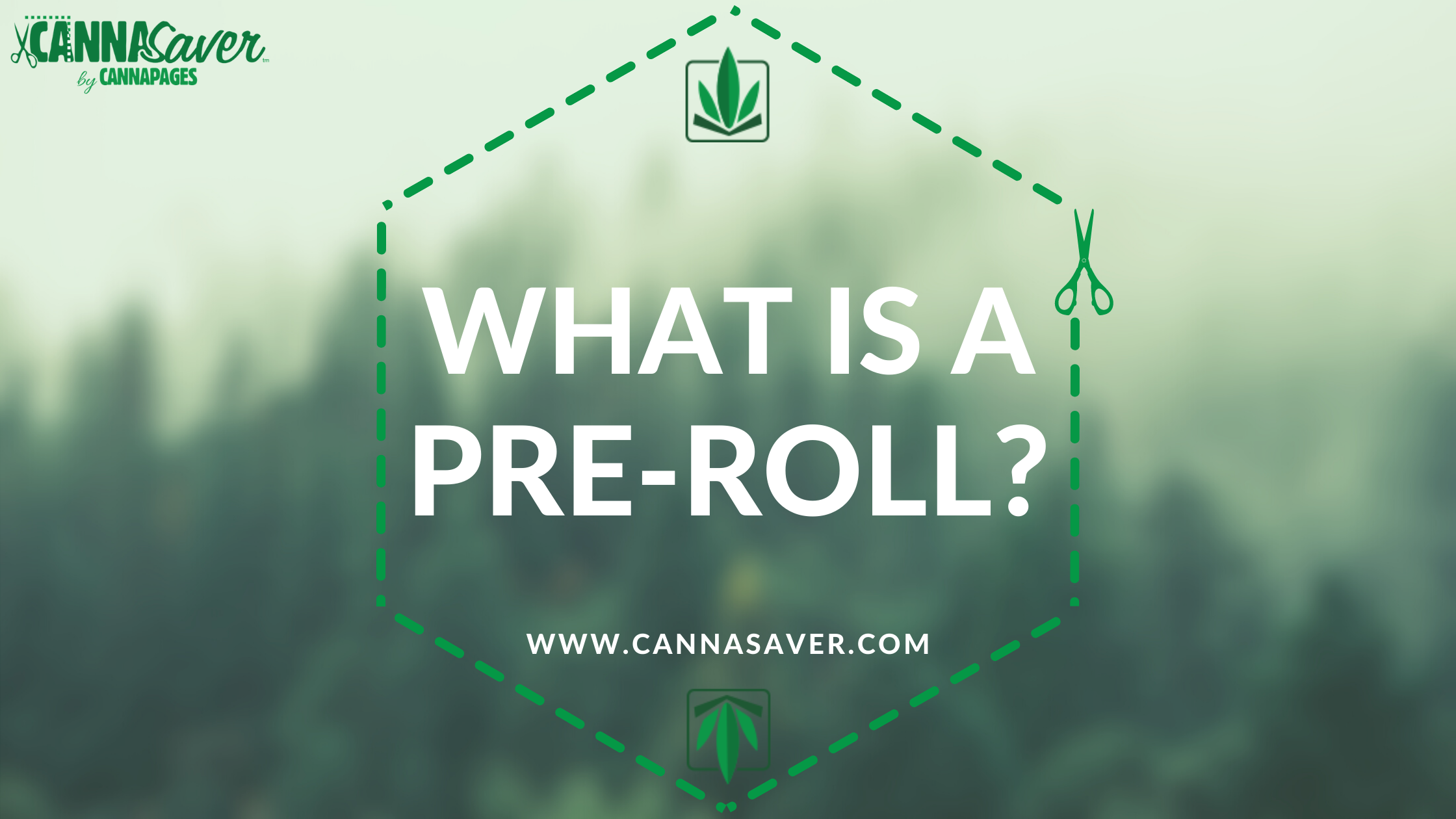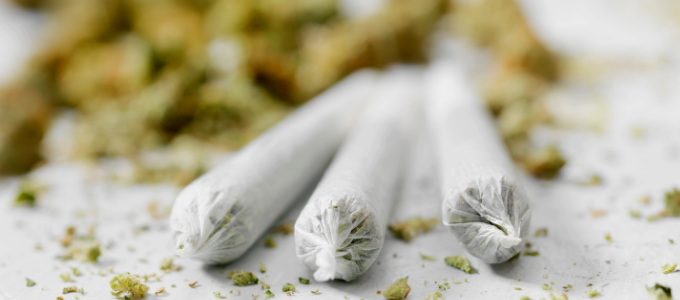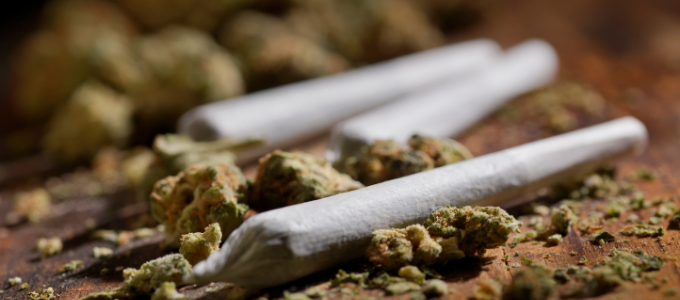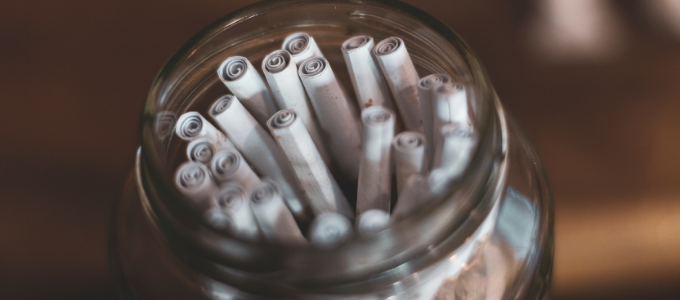
Before the days of legalization, stoners would roll their own joints and blunts. This wasn’t a huge issue – some people enjoy the task. Many people still choose to do so today.
But with legalization came an easier solution – pre-rolls.
A pre-roll is a joint that’s been made by a dispensary or other cannabis vendor for the customer’s convenience. They’re comprised of flower, rolling paper, and a filter.
They take the hassle out of rolling a joint at home. Instead of grinding down the weed and struggling to roll up the joint, you can just buy a pre-roll and get toking.
The joint is a pothead classic. Though there are many ways to consume marijuana, the joint remains one of the most popular forms. But some people just can’t get good at rolling them.
For this reason, the pre-roll was invented. Convenient, quick, and relatively cheap, the pre-roll has become a dispensary staple.
They’re often recommended for newcomers as an easy way to get into weed. Typically not as harsh or strong, pre-rolls also have a longer-lasting shelf-life than joints rolled at home.

It used to be a fairly common belief that pre-rolls were made with "shake" or low-quality weed. Pot smokers often found them to be dry, weak, and overall not a good way to spend your money.
It’s not always entirely untrue. Sometimes pre-rolls are made with low-quality weed, and it’s hard for the consumer to tell beforehand. The rolling paper can hide possible faults with the flower.
The problem is that some companies use trim – the excess stems, seeds, and leaves that get cut off the flower before curing – to stuff their pre-rolls with. The trim is notoriously less potent than the flower, leading to a lesser high.
Another issue for consumers is the use of shake in pre-rolls. Shake is scraps of the marijuana plant that have fallen off of larger pieces of bud during handling of the product.
Shake has a negative connotation among many stoners. People find it dry and less potent. This can sometimes be true, as the shake dries much quicker once it’s loose from the bud. But in reality, the shake comes from the same place as the rest of the flower. Whether or not shake is actually bad is really just personal preference.
Dispensaries often use shake to roll their joints because this allows them to not waste any marijuana. When handling jars or baggies of weed, shake inevitably falls off the bud. To toss perfectly good weed would be a waste, so it’s rolled into joints for consumer convenience. If the shake didn’t get to dry beforehand, it’s still a potent product.
Bad pre-rolls will likely always be somewhat of an issue. But, nowadays, they’re much rarer. Dispensaries and marijuana companies see the value of high-grade pre-rolls.

The simplest answers are convenience and price point.
Everyone who has ever rolled a joint knows that it can be tough to get right. Sure, you can Google how to do it and give it your best shot, but that doesn’t mean you’ll get it right.
A pre-roll eliminates any issues with rolling. It’s right there, ready to smoke.
Pre-rolls are usually inexpensive as well. They’re usually a better deal per gram than the flower the joint contains. Obviously, you get what you pay for. A five-dollar pre-roll will likely not stack up to a twenty-dollar one.
That’s not to say that a five-dollar pre-roll is a bad purchase – it’s cheap and still bud. Ask your budtender about what went into the pre-roll, how it’s made, if it’s any good, etc. They should be willing to answer any questions.
You can also find high-quality pre-rolls if you’re willing to look. Just because a joint is pre-rolled doesn’t mean the quality is bad. In fact, many marijuana companies have started to produce high-grade pre-rolled joints for their consumers. This combines the ease of a pre-roll with the potency of high-quality flower.
Pre-rolls also have a longer shelf-life than their homemade brethren. A pre-rolled joint can last up to about a year if stored correctly.
More often than not, pre-rolls will be in the form of joints. They’re the most popular, the easiest to make, and the easiest to consume. A joint, as you know, is made up of rolling paper and a filter, and is relatively light and fast to smoke. A pre-roll typically comes in half-gram of full-gram sizes.
Pre-rolls differ from similar blunts and spliffs because they contain only marijuana.
A blunt is very similar to a joint, but instead of rolling paper, a cigar wrap is used. Cigar wraps – made from tobacco leaves – contain tobacco, and therefore nicotine. The sale of nicotine is banned in Colorado dispensaries, so you won’t find many pre-rolled blunts. The exception is that some can be made from dried hemp leaves, which contain no tobacco.
A spliff is a joint that combines marijuana and tobacco. Rolling both substances together produces interesting effects. The combination of the two leads to an energizing high, due to the nature of the tobacco.
Pre-rolled joints also differ from a newer type of pre-roll – the cannagar.
A cannagar is basically what it sounds like – a marijuana cigar. Cannagars are made using marijuana leaves as the cigar wrap and then packed full with flower.
Unlike pre-rolled joints, cannagars are usually expensive, as there’s a huge amount of bud that goes into making one.

Just about every dispensary in Colorado is going to have a variety of pre-rolls. They’re a big money-maker, and consumers love them.
· Rocky Mountain High Dispensary in Denver is offering two-gram joint packs for ten dollars right now.
· Canna City Dispensary has a deal on full-gram joints for three dollars.
· Pure Dispensary in Denver is selling five full-gram joints for $22.50.
Check out Cannasaver for the best deals on pre-rolls in your location.











